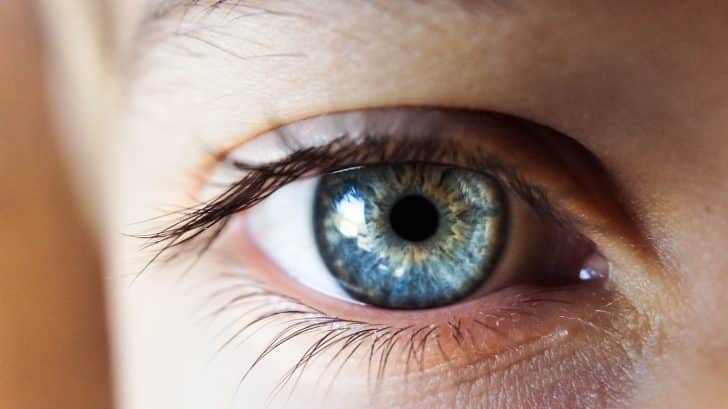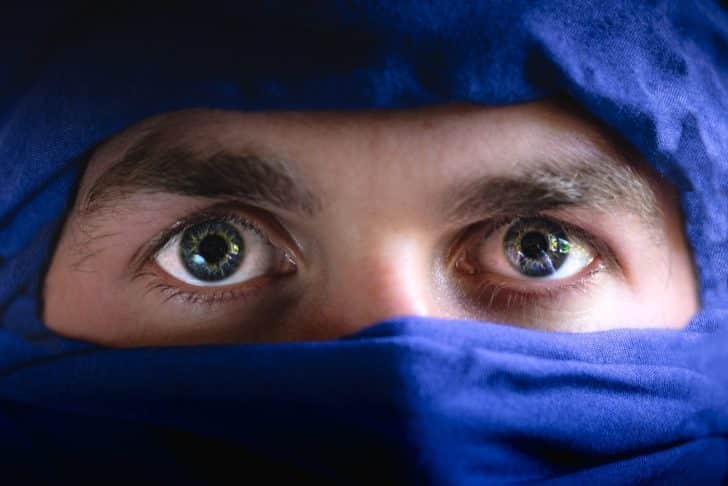In a groundbreaking study conducted at Trinity College Dublin and published in the esteemed journal Plos One, researchers delved into the intricate realm of individual variations in sensitivity to visual stimuli.
The study, which involved 88 participants aged between 18 and 35, aimed to unravel the nuances of visual perception, particularly concerning Critical Flicker Fusion (CFF) thresholds—a metric crucial for understanding Visual Temporal Resolution.

Through meticulous testing, the researchers discovered a fascinating spectrum of responses among the participants. While some individuals exhibited a remarkable ability to detect light flashes at rates surpassing 60 per second, others showed comparatively lower thresholds.
This variability in CFF thresholds hinted at a profound diversity in visual perception among the study cohort.The implications of these findings are profound, extending beyond the confines of academic research into real-world applications such as gaming and sports.

For instance, individuals with heightened visual perception, capable of discerning rapid visual stimuli with exceptional clarity, may hold a competitive edge in activities demanding split-second decision-making and reaction times.
In the realm of gaming, where microseconds can determine victory or defeat, these insights offer a tantalizing glimpse into the potential advantages conferred by superior visual acuity.

Similarly, in professional sports, where athletes operate in high-pressure environments characterized by swift movements and dynamic visual cues, individuals with enhanced visual perception may exhibit superior performance.
Moreover, the study underscores the importance of recognizing and harnessing individual differences in visual perception.

